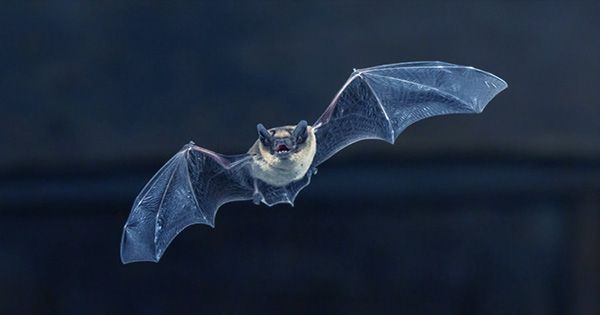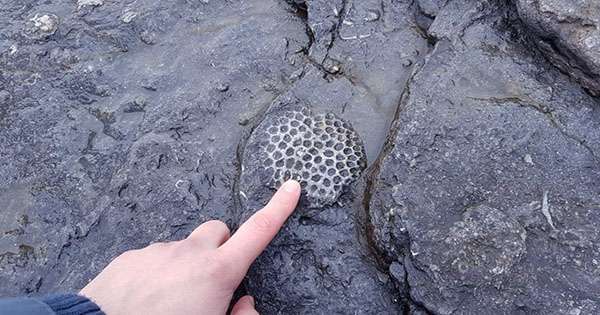The first study at the recent evolutionary history of a vulnerable rattlesnake species reveals that inbreeding caused by limited habitat may not be as harmful as the theory suggests.
Eastern massasauga rattlesnakes may have evolved to live in small, isolated populations where the most hazardous genetic changes could be rapidly exposed and purged, according to scientists.
Researchers mapped the genomes of 90 Eastern massasauga rattlesnakes, which were declared endangered under the Endangered Species Act in 2016 due to habitat loss and fragmentation.
The researchers also analyzed 10 genomes of a near relative, the Western massasauga rattlesnake, a widespread species with enormous populations and no restrictions on breeding possibilities.
The researchers from Ohio State University discovered that the most dangerous gene alterations were less common in Eastern species than in Western species. According to H. Lisle Gibbs, professor of evolution, ecology, and organismal biology at Ohio State and senior author of the study, “the breeding limitations of small, isolated populations might be accompanied by an evolutionary advantage of being able to elbow out genetic variants that get in the way of survival.”
“This is something that has been reported very recently in other endangered species, but it’s the first time it’s been shown in a reptile,” Gibbs said. “We always worry about genetics and the loss of variation and what it means to be in a small population in which there’s lots of inbreeding. At least in this species, maybe it’s not such a big deal.”
“From a conservation perspective, perhaps we can downplay genetics and say ecology such as habitat restoration is more important.”
Gibbs collaborated on the research with Alexander Ochoa, a former Ohio State postdoctoral researcher who is currently a postdoctoral fellow at the University of Central Florida. The findings appear in the journal Molecular Ecology.
We looked at what has happened in these snakes and their population sizes over the last 300 years, which is when humans have been tromping all over North America, impacting the landscape. The impacts in terms of reducing population sizes are greater in Eastern than in Western massasaugas over this period.
H. Lisle Gibbs
Eastern massasauga rattlesnakes occur in remote areas of midwestern and eastern North America, and evolutionary theory predicts that inbreeding will inevitably lead to extinction as genetic variations accumulate in such populations.
The smallest populations may number 30 snakes, while Ohio’s Killdeer Plains Wildlife Area is home to one of the country’s most genetically varied and largest populations, with thousands of snakes.
Gibbs has spent over two decades studying Eastern massasaugas and, as director of the Ohio Biodiversity Conservation Partnership, advises the Ohio Department of Natural Resources on the species’ management.
“Through years and years of study, we know that most populations are isolated, like little natural zoos scattered throughout the landscape,” Gibbs said. “Due to habitat degradation, we’ve known they show little variation but we’ve never actually looked at variation in genes that code for things that matter to a rattlesnake.”
It has only lately been possible to adapt research methodologies developed for the human genome to this species. To determine how dangerous inbreeding might be to Eastern massasaugas, Gibbs and Ochoa focused on discovering alterations in genes that could affect survival and reproduction.
Although the common Western massasaugas had a larger overall number of potentially deleterious mutations, this did not translate to more threats to their survival since most troublesome gene copies were countered by protective copies.
That can only happen in heterozygotes, who inherit two different copies, or alleles, of the same gene from each parent. Eastern massasaugas are far more likely to carry two copies of the same allele due to generations of inbreeding.
“That’s why inbreeding has impacts because that’s when you get two bad alleles showing up together, with no good allele to compensate, so there is a negative effect,” Gibbs said. “There’s more inbreeding, so overall you get more mostly bad mutations together, but the really bad ones, because they’re exposed, are also eliminated at a much greater rate.”
Gibbs and Ochoa confirmed the impact of human activities on the Eastern massasauga’s swampy environment using another analytical technique that compared the shrinking of the Eastern and Western massasauga genetic makeup over many hundred years.
Western massasaugas, unlike their Eastern counterparts, inhabit in less heavily populated meadow and wooded habitats of the south-central United States.
“We looked at what has happened in these snakes and their population sizes over the last 300 years, which is when humans have been tromping all over North America, impacting the landscape,” Gibbs said. “The impacts in terms of reducing population sizes are greater in Eastern than in Western massasaugas over this period.”
The findings may have an impact on managerial decisions. To combat the disadvantages of inbreeding, a popular conservation approach would be to introduce snakes from a more genetically varied population into a very isolated group.
However, it appears that the Eastern massasauga would gain more from habitat preservation while genetics takes care of itself.
“This counterintuitive result makes us rethink what living in a small population is, and whether genetic problems are as important as we think they are,” Gibbs said. “This is certainly not to say living in a small population isn’t bad it just may be that the genetic effects are not as bad as we thought.”
The Ohio Biodiversity Conservation Partnership between Ohio State and the Ohio Division of Wildlife, as well as the National Science Foundation, supported this research through the State Wildlife Grants Program, which is jointly administered by the U.S. Fish and Wildlife Service and the Ohio Division of Wildlife.
















